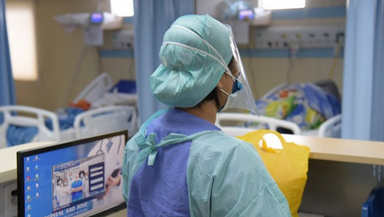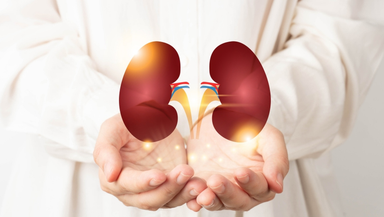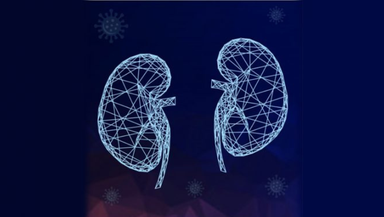Pulmonary Hypertension: Comprehensive Overview, Symptoms & Treatment at Gleneagles Hospital | Chennai

Pulmonary Hypertension: A Comprehensive Overview
Understanding Pulmonary Hypertension
Pulmonary Hypertension (PH) is a serious, chronic condition where blood pressure in the lungs' arteries becomes abnormally high. This increased pressure burdens the heart, leading to heart failure if untreated. PH is often linked to other underlying conditions, emphasizing the importance of early diagnosis and proactive management to improve patient outcomes.
Types of Pulmonary Hypertension
PH is categorized into five groups based on its cause:
- Pulmonary Arterial Hypertension (PAH)
- Narrowing, thickening, or stiffening of lung arteries causes increased pressure.
- Includes idiopathic PAH, heritable PAH, and PAH linked to connective tissue diseases, HIV, and congenital heart defects.
- PH Due to Left Heart Disease
- The most common PH type, is caused by conditions affecting the left heart (e.g., valve disease, left ventricular dysfunction).
- Increased pressure backs up into the lungs.
- PH Due to Lung Diseases or Hypoxia
- Conditions like COPD, interstitial lung disease, sleep apnea, and high-altitude exposure contribute.
- Long-term low oxygen levels damage lung vessels.
- Chronic Thromboembolic Pulmonary Hypertension (CTEPH)
- Undissolved blood clots in lung arteries cause persistent blockages.
- Unique as it's potentially curable with surgery.
- PH with Unclear Multifactorial Mechanisms
- Includes hematologic, systemic, and metabolic disorders with complex causes.
- Mechanisms leading to PH in these cases are not fully understood.
Symptoms of Pulmonary Hypertension
PH symptoms vary in severity. Common ones include:
- Shortness of breath (initially during activity, later even at rest)
- Fatigue (persistent tiredness, low energy)
- Chest pain or pressure (often mistaken for angina)
- Palpitations (irregular heartbeat, rapid pulse)
- Swelling (edema) in ankles, legs, abdomen
- Cyanosis (bluish lips, skin)
- Dizziness or fainting (syncope)
Causes and Risk Factors
PH develops due to various factors, including:
- Genetic factors (inherited mutations)
- Chronic lung diseases (COPD, pulmonary fibrosis, sleep apnea)
- Heart conditions (left-sided heart diseases)
- Blood clots (chronic clots in lungs, as in CTEPH)
- Connective tissue diseases (scleroderma, lupus)
- Other risk factors (obesity, chronic liver disease, HIV, drug use, chemical exposure)
Diagnosis of Pulmonary Hypertension
PH diagnosis involves:
- Medical history & physical exam
- Echocardiogram (heart ultrasound)
- Right heart catheterization (measures pressure in lung arteries)
- Pulmonary function tests (assess lung function)
- CT scan or MRI (visualize lungs, arteries)
- Blood tests (identify underlying conditions)
- 6-minute walk test (evaluates functional status)
Treatment Options for Pulmonary Hypertension
PH treatment focuses on managing symptoms, enhancing quality of life, and slowing progression. Options include:
- Medications (vasodilators, anticoagulants, diuretics, oxygen therapy)
- Surgical interventions (atrial septostomy, PTE, lung/heart-lung transplant)
- Lifestyle changes (physical activity, diet, smoking cessation, managing comorbidities)
Prognosis and Living with Pulmonary Hypertension
PH prognosis depends on cause, severity, and treatment response. With early diagnosis and proper care, many patients lead fulfilling lives. Ongoing monitoring and treatment adjustments are vital.
Specialities
Clear allMeet the doctor

Dr Guru Prasad S
Cardiology
MBBS, MD,DM, EP Fellowship










